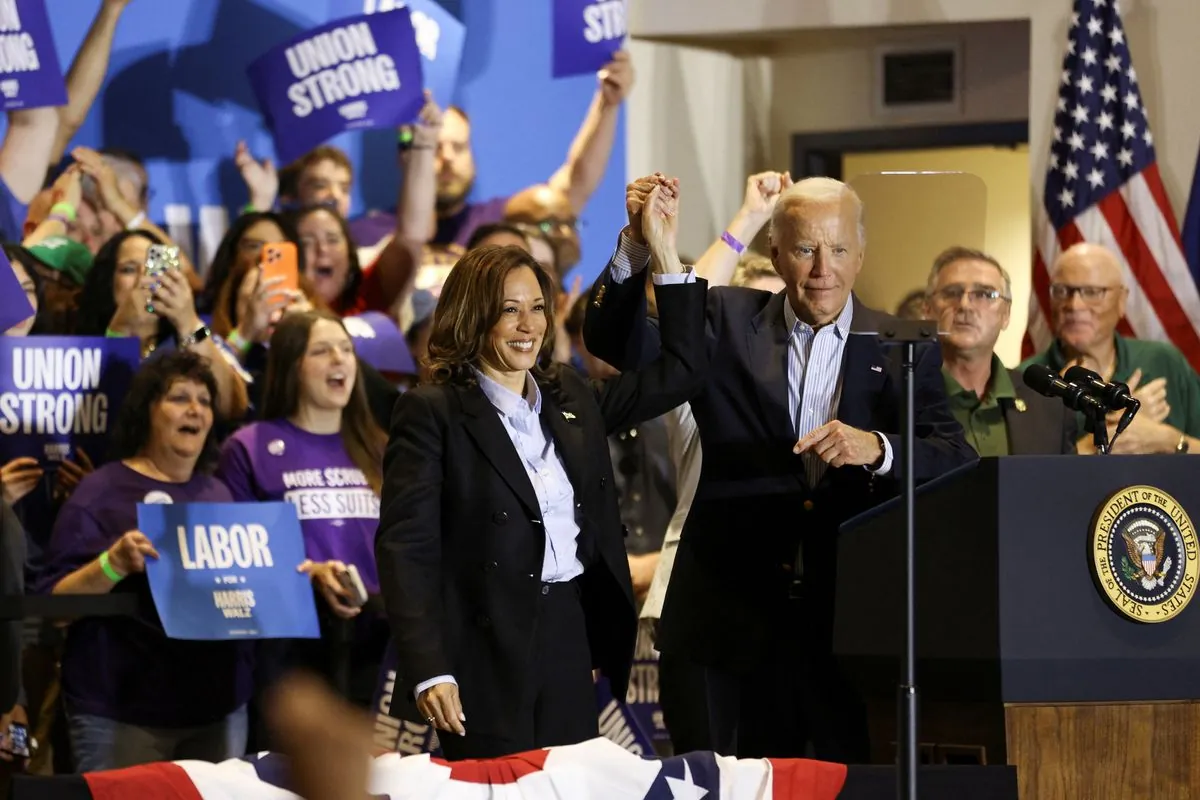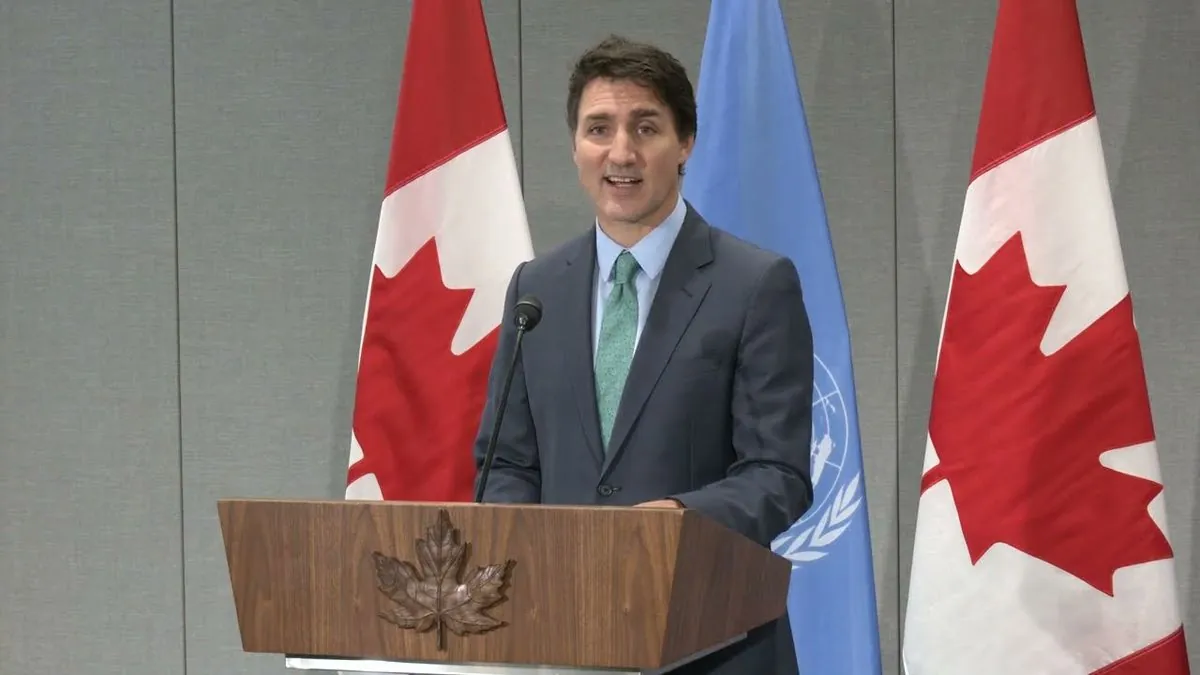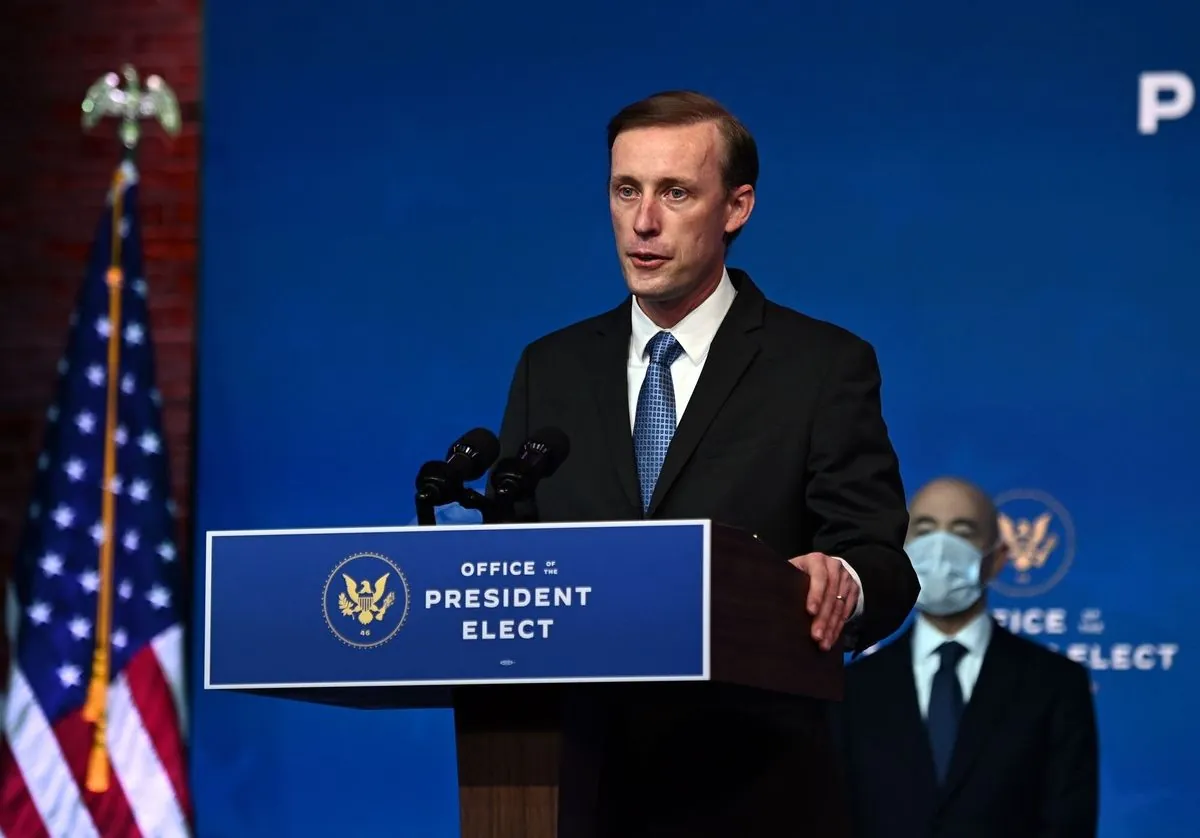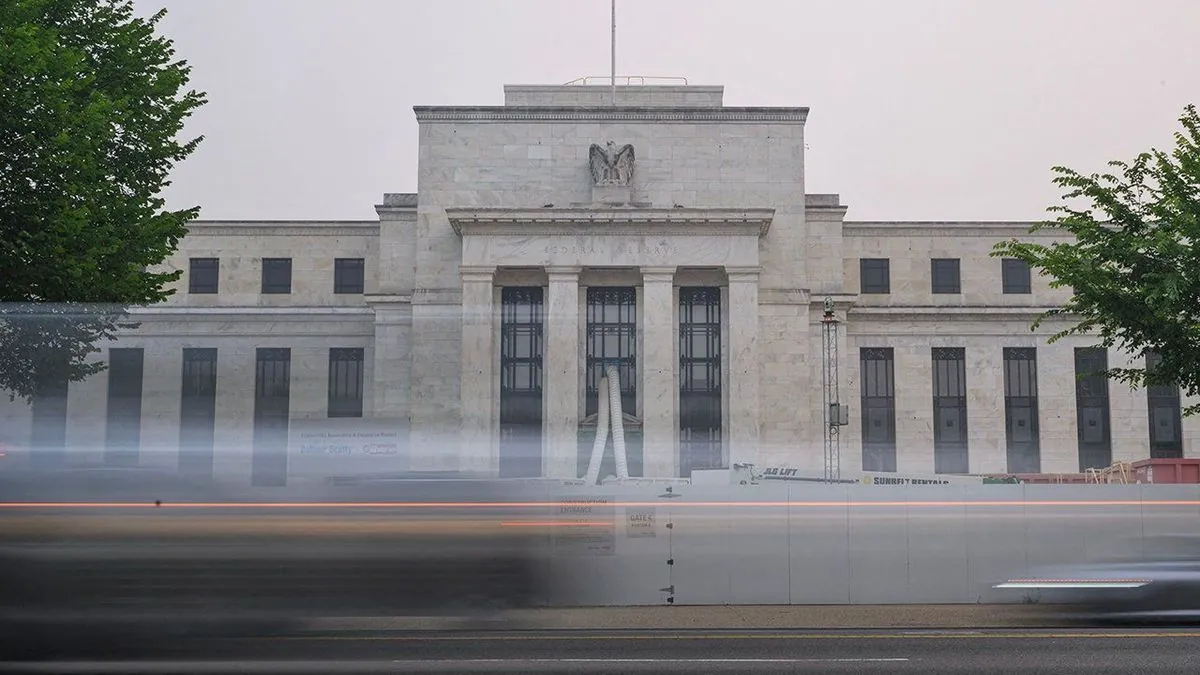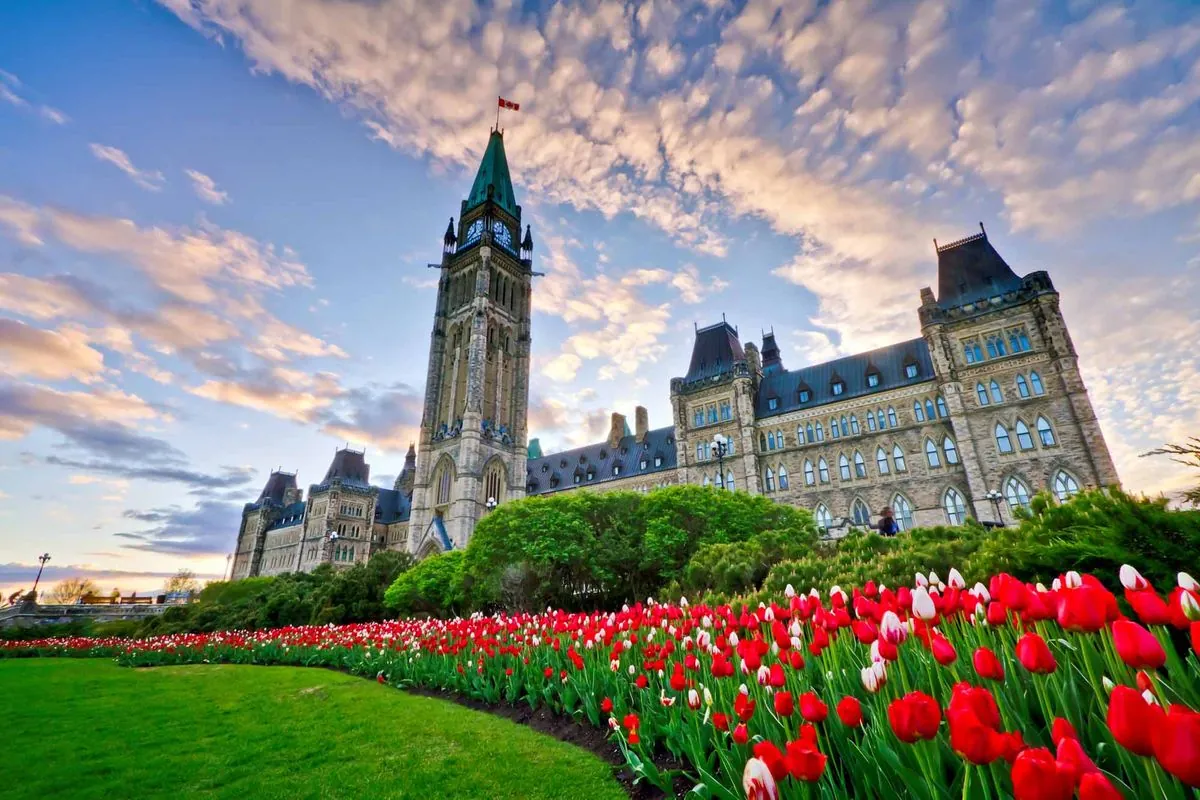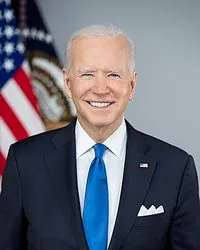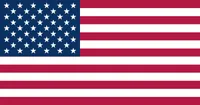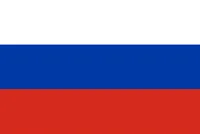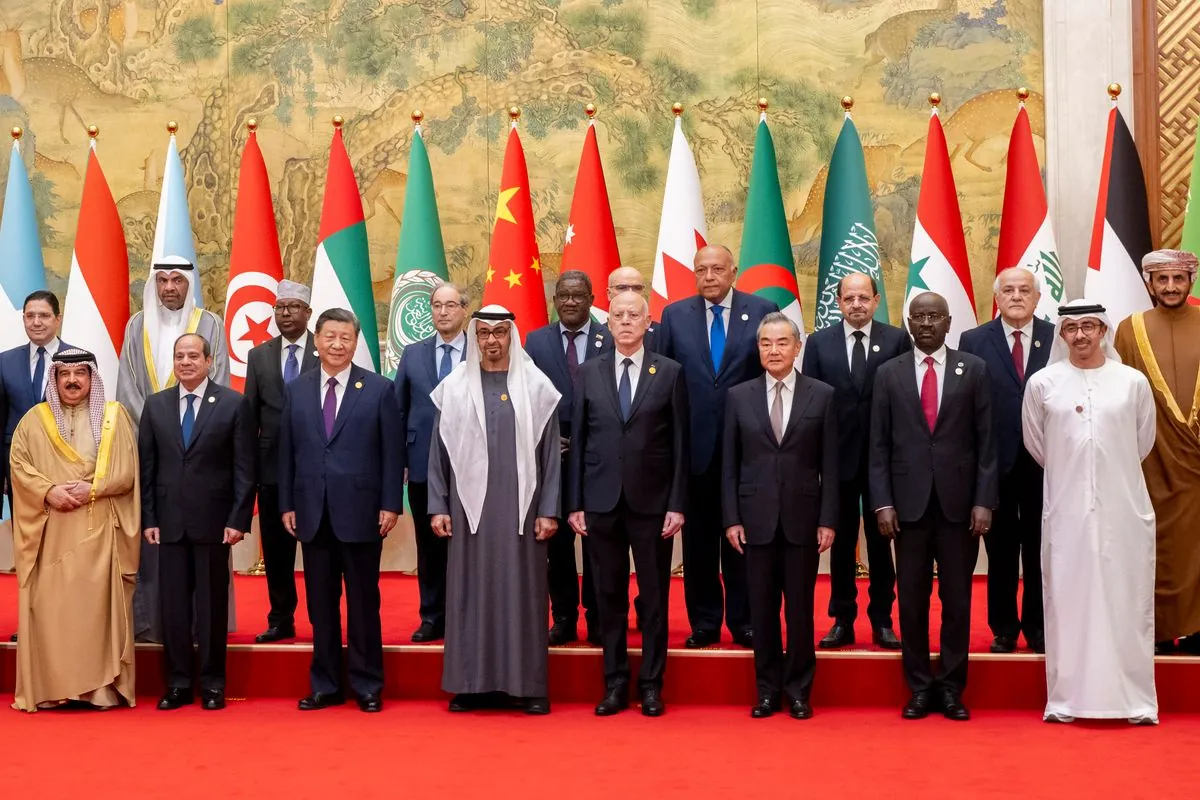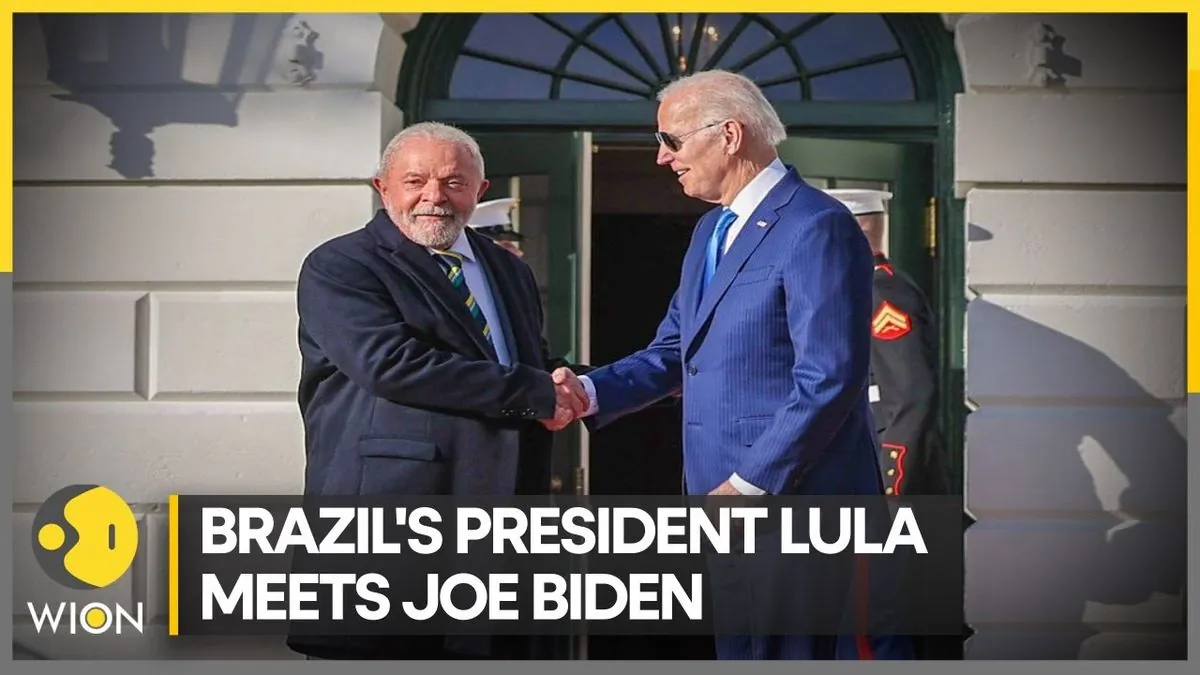Fed Nears Rate Cuts as July Inflation Holds Steady at 3%
July's inflation rate is expected to remain at 3%, prompting the Federal Reserve to consider interest rate cuts. This development could ease economic pressure and impact households and political landscapes.
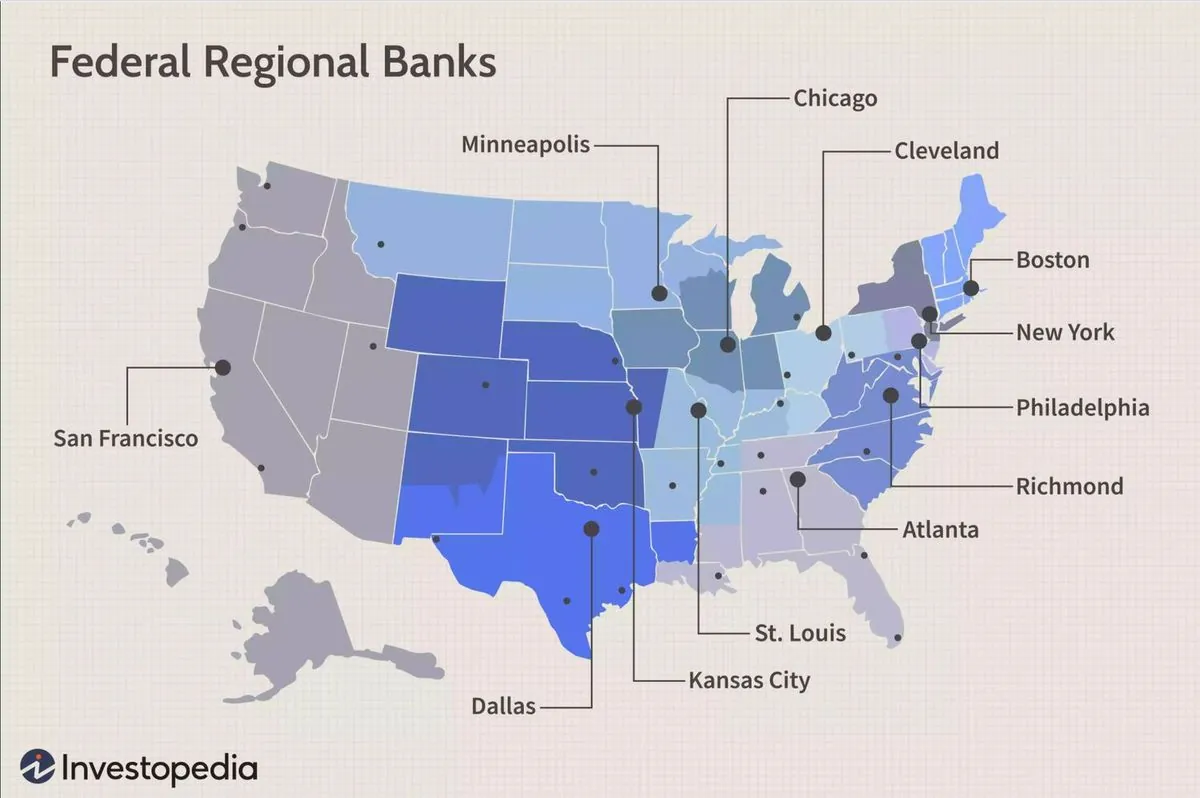
The United States economy is poised for a potential shift as the Federal Reserve contemplates interest rate reductions. July's inflation rate is anticipated to hold steady at approximately 3%, mirroring June's figures. This development may signal a turning point in the Fed's monetary policy.
The Bureau of Labor Statistics is set to release data indicating that prices rose by about 3% compared to the previous year. This consistency in inflation rates is pushing the Fed closer to implementing interest rate cuts, possibly as soon as their September meeting. The central bank's officials have been cautious about reducing borrowing costs until confident that inflation is normalizing.
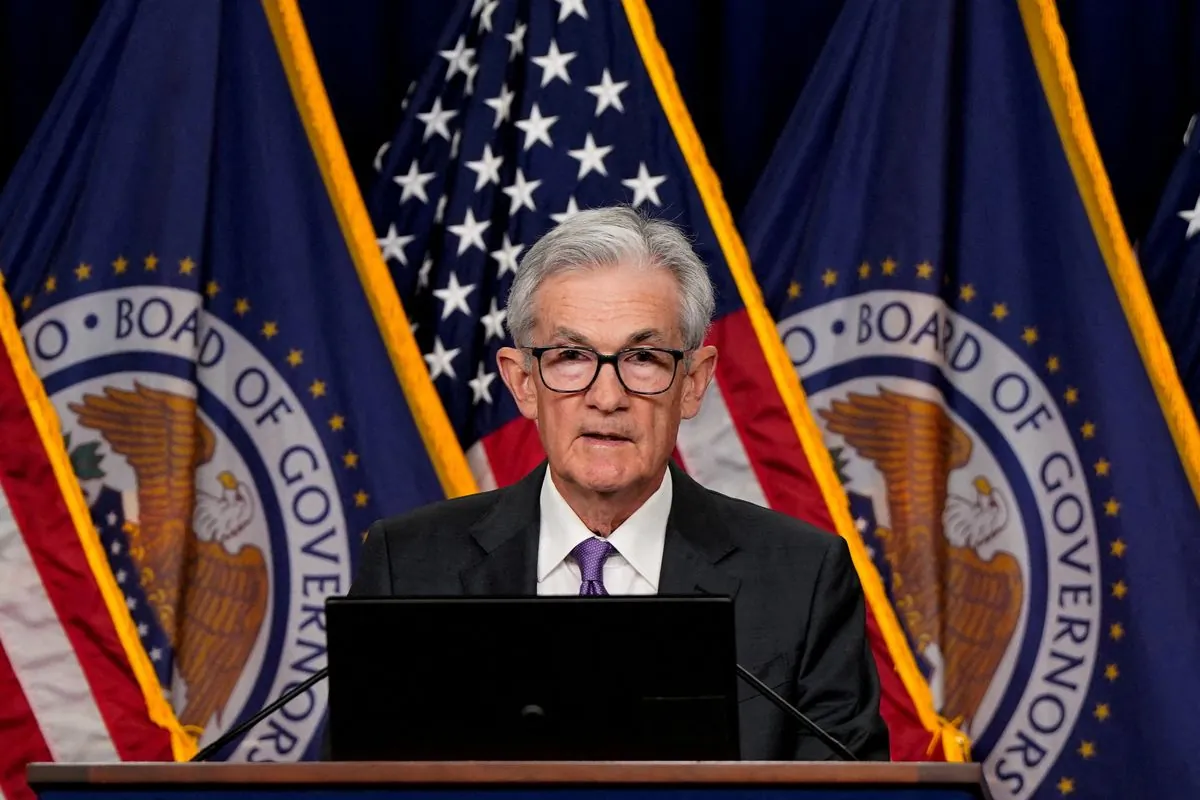
The Fed's approach to inflation control has evolved significantly since its establishment in 1913. Over the past century, the central bank has refined its tools and strategies to fulfill its dual mandate of promoting maximum employment and maintaining price stability. The current target inflation rate of 2%, officially adopted in 2012, serves as a benchmark for the Fed's decision-making process.
"This is so much better than where we were even a year ago. It's a lot better. The job is not done, I want to stress that, and we're committed to getting inflation sustainably under 2 percent. But we need to take note of that progress."
The potential rate cuts could provide relief for families and businesses. Households may experience easing pressure on key budget items such as food and housing. The cooling of rent costs and decreased gas prices compared to the previous year are contributing to this trend. Additionally, prospective rate reductions could benefit those seeking mortgages, auto loans, or business expansion opportunities.
The economic landscape has become a focal point in the political arena. Inflation remains a top concern for many Americans, despite strong job market indicators and robust consumer spending. The upcoming presidential election has intensified the debate over economic policies, with candidates from both major parties presenting contrasting approaches to address inflation and stimulate growth.
Since inflation surged in 2021, the Fed has made substantial progress in its efforts to curb price increases. The central bank raised the benchmark interest rate to its highest level in over two decades, employing an aggressive strategy to slow the economy. Surprisingly, this approach has yielded better results than anticipated, with the economy maintaining growth, low unemployment, and rising wages alongside cooling inflation.
However, concerns persist about the potential for economic strain under prolonged high interest rates. A recent weaker-than-expected jobs report sparked fears of a downturn, briefly unsettling financial markets. These developments have intensified scrutiny on the Fed's decision-making process and timing of rate adjustments.
The Federal Open Market Committee (FOMC), which meets eight times a year to set monetary policy, is now expected to announce a rate cut at its September meeting. Some analysts suggest the possibility of a larger half-point reduction if economic indicators show significant slowing. Additional cuts are anticipated for the November and December meetings, with the November decision potentially coinciding with the presidential election week.
It's important to note that the Fed's decisions are not predetermined and rely heavily on incoming economic data. The central bank's independence from political influence, strengthened in the 1950s, allows it to make decisions based on economic factors rather than political pressures.
As the Fed navigates this complex economic landscape, the impacts of inflation and monetary policy continue to vary across different sectors of the economy. While some businesses report improvements in supply chain issues, others still struggle with rising operational costs. The disconnect between wage growth for low-income Americans and the persistent high costs of basic necessities remains a challenge for many households.
In conclusion, as the Federal Reserve approaches a potential shift in its monetary policy, the economic implications will likely reverberate through various aspects of American life, from household budgets to political discourse. The coming months will be crucial in determining the trajectory of inflation and the overall health of the U.S. economy.
